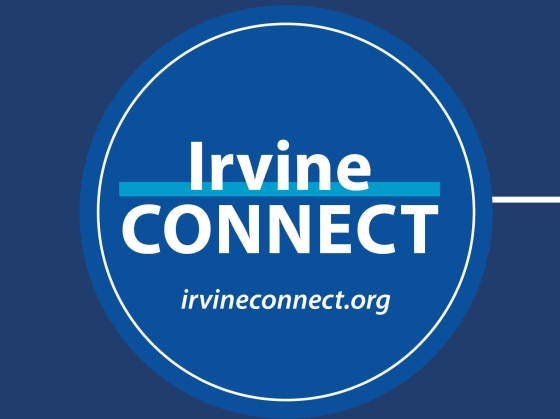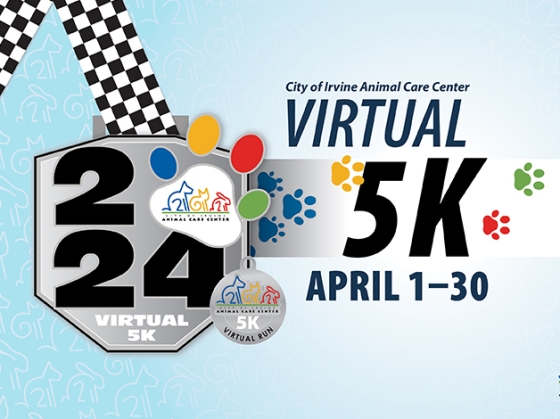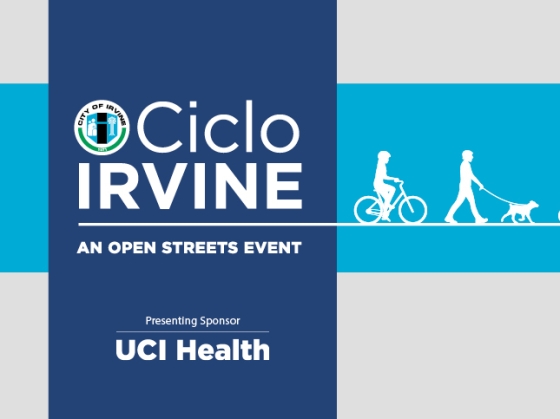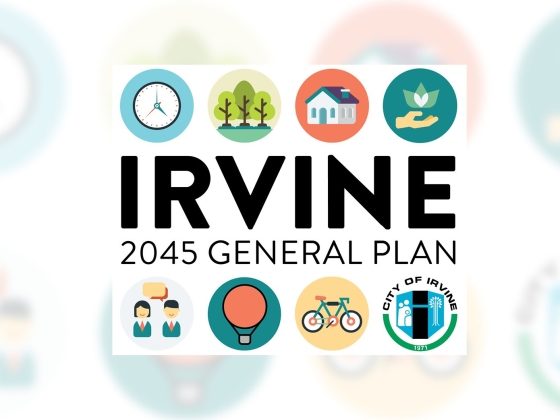Effective May 19, Irvine and Orange County are in the Yellow Tier in the state’s Blueprint for a Safer Economy.
In the Yellow Tier, the following businesses will be amended as follows:
| Sector | Orange Tier | Yellow Tier |
| Retail | Open indoors with modifications | Open indoors with modifications |
| Shopping Centers |
Open indoors with modifications
|
Open indoors with modifications
|
|
Gatherings - Social, informal gatherings - No defined guest list required - No testing or vaccination required |
Outdoor
|
Outdoor
|
| Museums, Zoos, and Aquariums |
Open indoors with modifications
|
Open indoors with modifications |
| Places of Worship |
Open indoors with modifications
|
Open indoors with modifications
|
| Movie Theaters |
Open indoors with modifications
|
Open indoors with modifications
|
| Hotels and Lodging |
Open with modifications
|
Open with modifications
|
| Gyms and Fitness Centers |
Open indoors with modifications
|
Open indoors with modifications
|
| Restaurants |
Open indoors with modifications
|
Open indoors with modifications
|
| Wineries, Breweries and Distilleries |
Open indoors with modifications
|
Open indoors with modifications
|
| Bars (where no meal provided) | Open outdoors with modifications |
Open indoors with modifications
|
| Family Entertainment Centers |
Indoor
|
Indoor
|
| Cardrooms, Satellite Wagering |
Open indoors with modifications
|
Open indoors with modifications
|
| Offices |
Open indoors with modifications
|
Open indoors with modifications
|
| Outdoor Live Events with Assigned Seats and Controlled Mixing (e.g., sports and live performances) |
|
|
| Amusement Parks/ Fairs |
Max 25%
|
Max 35%
|
| Water Parks |
|
|
| Overnight Sleepaway Camps |
Effective June 1, 2021: Open with modifications |
Effective June 1, 2021: Open with modifications |
For more information about the Blueprint for a Safer Economy, visit https://covid19.ca.gov/safer-economy/. Tier assignments may occur any day of the week and may occur more than once a week when the CDPH determines that the most recent reliable data indicate that immediate action is needed to address COVID-19 transmission in a county. Counties may be moved back more than one tier if CDPH determines that the data supports more intensive intervention. Key considerations will include the rate of increase in new cases and/or test positivity, more recent data as noted below, public health capacity, and other epidemiological factors.
Please visit https://covid19.ca.gov/industry-guidance/ for more information related to a specific industry.
Before businesses who meet the criteria to reopen do so, the Orange County Health Care Agency strongly recommends they perform the following steps:
1. Perform a detailed risk assessment and implement a site-specific protection plan.
2. Train employees on how to limit the spread of COVID-19, including how to screen themselves for symptoms and stay home if they have them.
3. Set up individual control measures and screenings.
4. Put disinfection protocols in place.
5. Establish physical distancing guidelines.
6. Establish universal face covering requirements (with allowed exceptions). See CDPH guidelines (PDF).
7. Post your completed checklist so everyone can know the steps you’ve taken. Feel free to add more safety measures to the ones included in your industry’s guidance.









